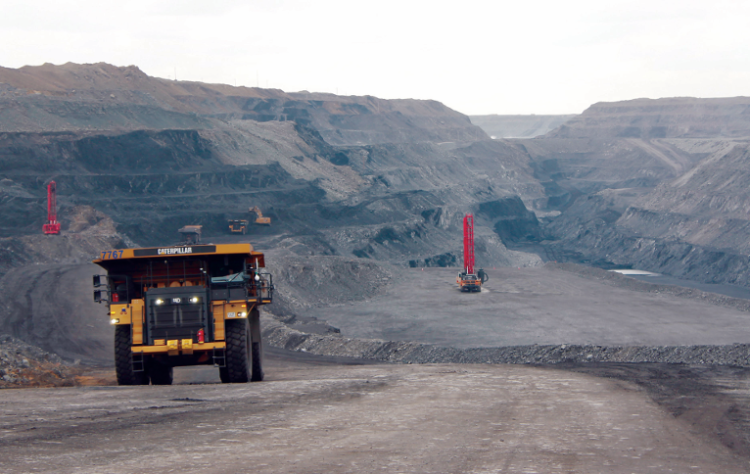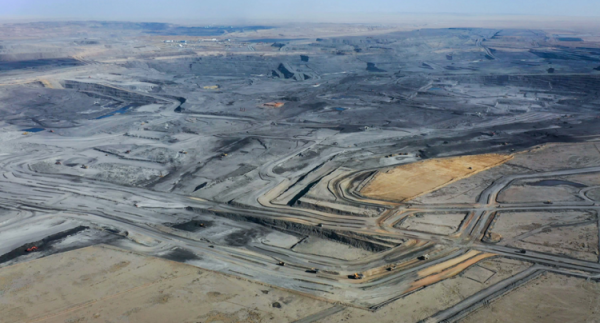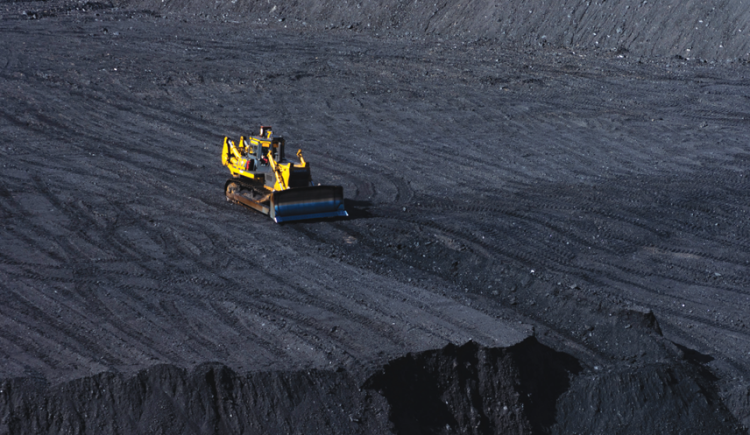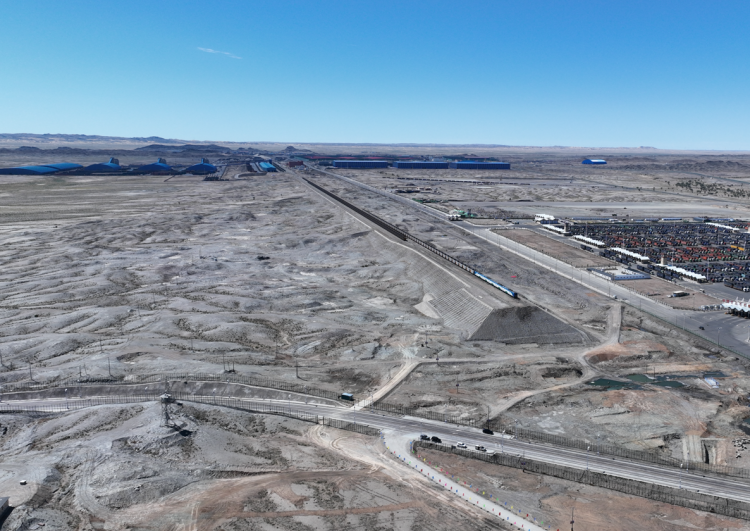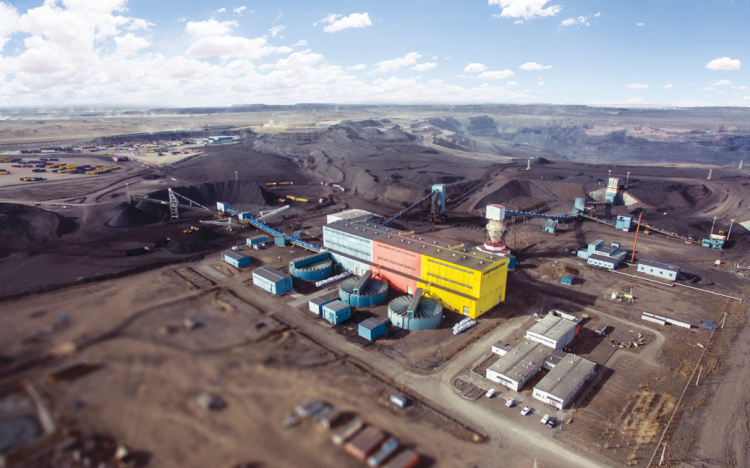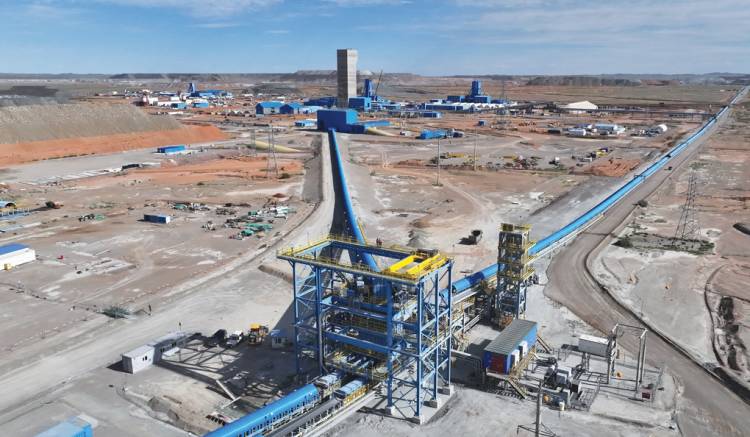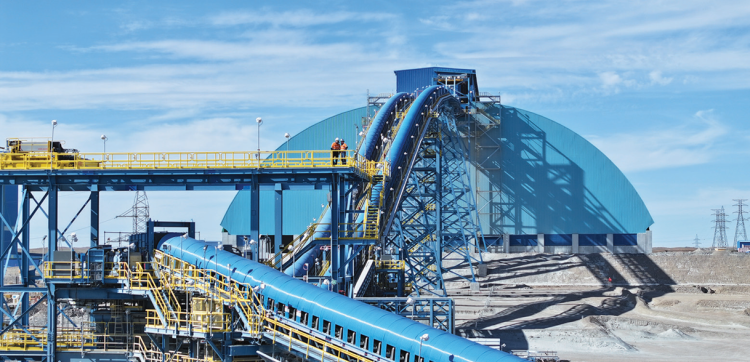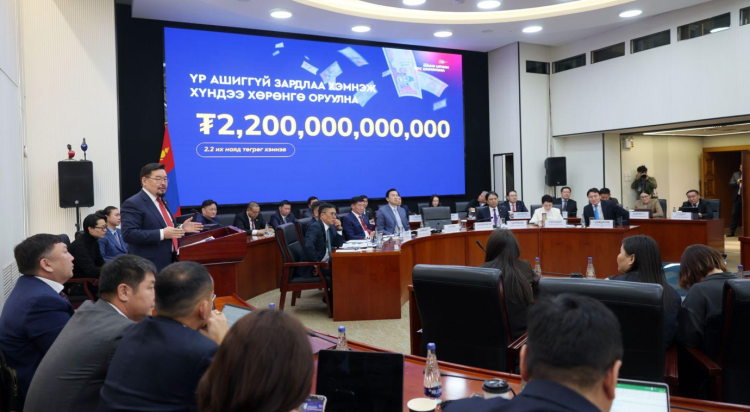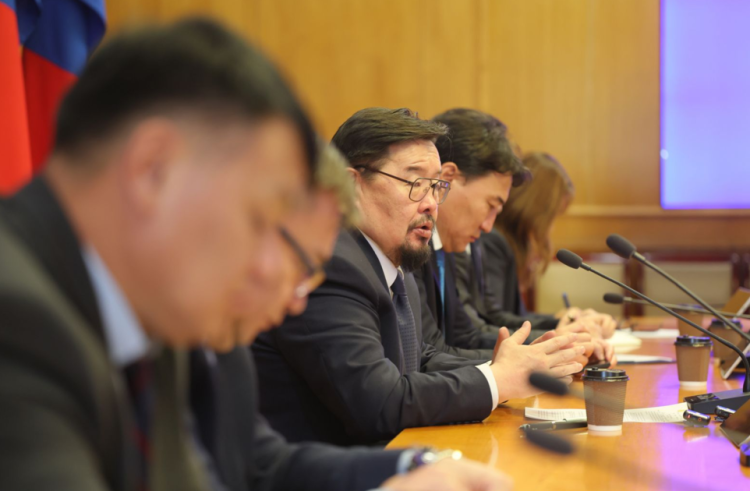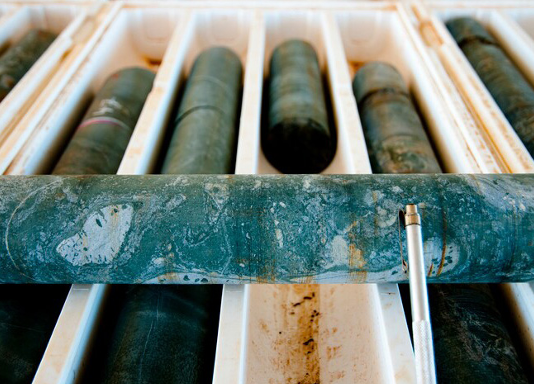In 2024, the total export value of Mongolia reached USD 17.8 billion, marking a 3.9% increase and reaching a historic high. Of this, USD 14.7 billion came from mineral exports. Although the price of coal decreased in the commodity market, high copper and gold prices, along with relatively stable iron ore and oil prices, played a key role in the growth of mineral exports. Revenue from the exports of copper, gold, iron ore, and fluorspar increased, while revenue from coal, oil, zinc, and molybdenum exports decreased. Despite coal revenue decreasing by USD 200 million, the combined revenue from copper, gold, and iron ore increased by USD 1 billion, helping to maintain export growth. The main contributor to export growth was copper concentrate. The price of copper was USD 8,360 per tonne at the beginning of 2024, and by the end of the year, it had risen to USD 8,690, marking a 4% increase. However, during the year, it reached a historic peak, climbing to USD 10,600 per tonne. Especially in the second half of the year, when the price remained almost above USD 9,000, it can be said that this had a positive impact on Mongolia’s copper exports. Copper concentrate exporters in Mongolia were able to take advantage of favorable pricing. In the past year, Oyu Tolgoi LLC (OT) exported 1.1 million tonnes of copper concentrate, while the Erdenet Mining Corporation JSC (EMC) exported approximately 690,000 tonnes. The concentrate exported by OT contained 227.7 thousand tonnes of pure copper, 6.5 tonnes of gold, and 41.1 tonnes of silver.
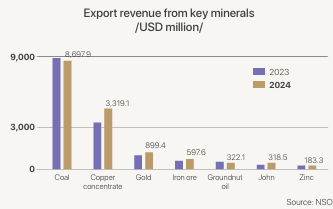
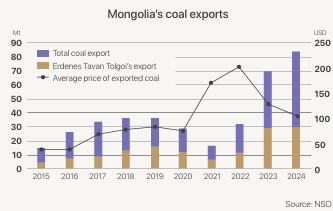
As a result of increased production from the underground mine at OT, the export of copper concentrate also grew. Revenue from copper concentrate exports increased by 26%, or about USD 700 million, directly contributing to the overall export growth of USD 600 million. If copper concentrate exports and copper prices had not increased, total exports would have decreased. On the other hand, coal revenue, which alone accounted for 55% of total export revenue, decreased by USD 200 million. Last year, Mongolia exported 83.8 million tonnes of coal, making it the highest coal export year in the country’s history. Compared to 2023, the volume increased by 20%. However, due to the price drop in the market, the revenue decreased. The average export price of coal in 2023 was USD 128 per tonne, but in 2024, it dropped to USD 104 per tonne, falling by about 20%. The main coal exporter, Erdenes Tavan Tolgoi JSC (ETT), maintained its export volume, exporting 30 million tonnes of coal. The company’s revenue reached USD 3 billion, accounting for about 18% of total exports, thus maintaining the same level as in 2023. The price of gold in 2024 increased by 34%, rising from USD 2,000 to USD 2,680. Although the physical volume of exported gold slightly decreased, revenue increased by USD 161.3 million, reaching USD 900 million. Last year, the raw material leading the export growth was iron ore. Despite the price of iron ore with a 62% content dropping from USD 138 to USD 100 per tonne, a 27% decrease in the Chinese market, the average export price of Mongolian iron ore increased from USD 77.8 to USD 79.5 per tonne.
Additionally, the physical volume of iron ore exports grew by 1.7 million tonnes, reaching 7.5 million tonnes. Revenue also increased by USD 153 million, or 34%. Regarding other mineral exports, the volume of fluorspar increased by around 300,000 tonnes, and revenue grew by about USD 50 million, reaching USD 318.5 million. Both the volume and revenue from zinc decreased by about 16%, dropping to USD 183 million. Although the market price of crude oil remained stable, revenue decreased by 12% to USD 322 million due to the decrease in physical volume. Last year, the raw material market positively impacted Mongolia’s exports, as the statistics show. However, for this year, the likelihood of price instability for key minerals is increasing. The prices of copper and gold are expected to remain stable. Meanwhile, analysts predict that coal and iron ore prices will continue to decline. In the unstable market environment, the main hope for maintaining the growth of Mongolia’s export revenue lies in the increase in copper concentrate exports following the growth of underground production at OT and the newly started exports of processed coal by the ETT.
Mining Insight Magazine, January 2025



